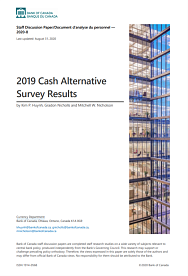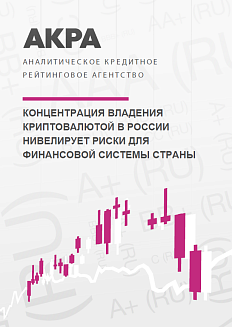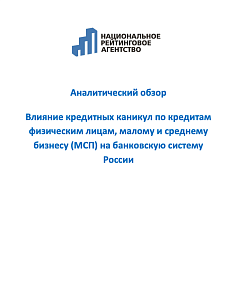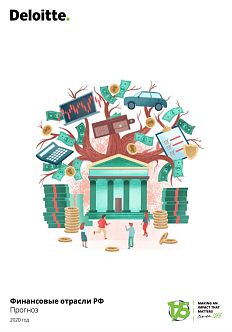The Bank of Canada prepared a study on the use of cash by Canadians. The authors of the work conducted a population survey to understand what trends in the use of different payment methods are emerging in Canada, as well as what role cash plays today.
The Roscongress Foundation presents the salient points of the publication accompanied by fragments of broadcasts of relevant panel discussions from the business programme of international events held by the Roscongress Foundation.
In Canada, the use of cash at the point of sale (POS) has been declining in favour of digital methods of payment
When paying, preference is given to debit and credit cards. In 2009, for example, Canadians used cash for 54 percent of their POS transactions, but this fell to 33 percent in 2017. Canadians have an increasing variety of digital payment methods at their disposal, including mobile applications, Interac eTransfer and cryptocurrencies. Further, the POS has become more digital as transactions are frequently completed through online commerce platforms. These trends suggest that the role of cash is evolving as Canada’s economy continues to digitalize.
While cash use at the POS is declining, cash is not disappearing from the Canadian economy
Overall demand for cash, as measured by the total value of cash in circulation as a share of nominal gross domestic product, has remained stable and increased in recent years. Notably, Canadian cash in circulation is demand-driven. The Bank of Canada issues cash in the form of bank notes in response to demand from consumers, merchants and financial institutions.
Findings suggest that typical Canadians still have cash on hand despite the declining use of cash at the point of sale for transactions. Furthermore, the value of Canadians’ OCH (other cash holdings) is significantly larger than their COH (cash on hand), which provides some evidence of demand for nontransactional cash.
Canadians’ adoption and use of payment methods differed across levels of financial literacy
It is worth noting, that in addition to demographics, authors examined the level of financial literacy among respondents. Financial literacy represents an understanding of the concepts central to economic decision making, such as investing and saving for retirement.
Notably, the trend that financial literacy is positively associated with the awareness of cryptocurrencies but negatively associated with ownership. Authors find that 93 percent of Canadians with high financial literacy are aware of cryptocurrencies, as opposed to only 72 percent of those with low financial literacy. Conversely, 8 percent of those with low financial literacy reported they own cryptocurrencies compared with 4 percent of Canadians with high financial literacy.
A sizable share of Canadians would be negatively affected by the disappearance of cash
Past survey results suggest that most Canadian individuals and SMBs have no plans to stop using or accepting cash in the foreseeable future.
Authors of the current study find that 36 percent of Canadians stated they would not find the disappearance of cash problematic and 18 percent said they were unsure. However, 46 percent of Canadians reported they would find the disappearance of cash problematic; this includes 20 percent who stated they could not cope with the disappearance of cash as well as 26 percent who stated that, while it would be problematic, they could still cope.
The three most commonly cited reasons for the disappearance of cash being problematic were acceptance («I need cash for when other payment methods are not accepted»), resiliency («I use cash in case of power outages or other events») and budgeting («I use cash to monitor my spending or as a budgeting tool»).
It is concluded that, despite an overall decline in daily transactional use, cash remains important to many Canadians. However, if commerce in the Canadian economy continues to digitalize, overall demand for cash may be affected.
For more information about financial system, please see the Financial market, and Cryptocurrencies.






